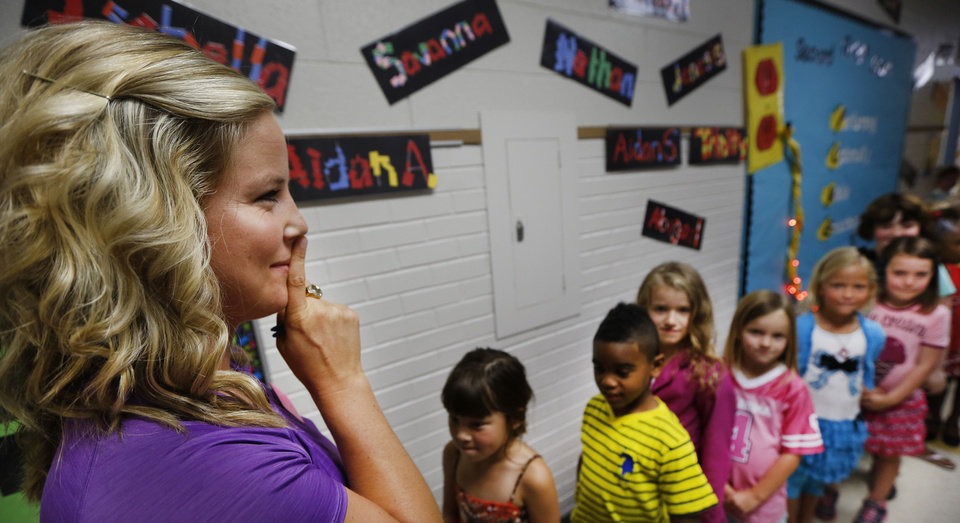Student Contributor: C.Kane
 Signal interference is one of those tools that is a non-verbal way to correct your students when they are doing an appropriate behavior within your classroom. This tool does not cause any distractions towards other students and it is meant to only target one or multiple specific students who are having difficulty that need to be corrected. What’s great about the strategy is that peers around them will not be distracted by this corrective tool.
Signal interference is one of those tools that is a non-verbal way to correct your students when they are doing an appropriate behavior within your classroom. This tool does not cause any distractions towards other students and it is meant to only target one or multiple specific students who are having difficulty that need to be corrected. What’s great about the strategy is that peers around them will not be distracted by this corrective tool.
Signal interference is a type of nonverbal cue that students will recognize when the teacher is directing that attention towards them. Making eye contact, physical gestures, hand signals, or a slight head shake are all nonverbal ways to use signal interference within the classroom. The signal interference is effective because once again, it does not disturb people around during the lesson and you can do it while teaching as well which is also effective.
This falls right into all 3 of the theories of influence. This transition once again, is a great tool to quietly and effectively correct your students. The corrective phase where single interference belongs due to it being a tool that is stopping on want to behavior within the classroom. This tool is not supportive and not preventative because it is done after the behaviors have occurred and it is used as a corrective tool.
More Information –
Tool Source: Levin & Nolan,2014, p. 210



I used this tool with 19 fourth graders in a suburban school. This tool was very easy to implement into the classroom as well as use, especially while my mentor is teaching. I think this tool was pretty successful because it’s not distracting and it’s a quick way to correct the behavior occurring. As I mentioned before, while my mentor is teaching, I am able to walk around the room and observe students that are off track, making this tool easy to implement. Since this is a commonly used tool in the classroom as well as outside the classroom, my fourth graders were able to pick up on it pretty quickly. If I were to make an adjustment to this tool, I would choose a signal that’s maybe less familiar to every student that way a student understands what to do when they see a thumbs up. However, I really like this tool and there’s not really anything I would change about it.
I use this with my class of 21 5th graders at a suburban elementary school and it honestly is a very effective tool when I really just want to aid my mentor teacher in her lesson by being proactive in getting students back to focusing in her lesson without causing a major distraction. I incorporate this through a very specific look with the students that they know means “stop talking, you are off task”. I will also point to the teacher while looking at the student and that means, look forward, stop what you’re doing. Depending on the student and how they regularly behave in the class, I will use this sooner or later depending on how off task their behavior is.